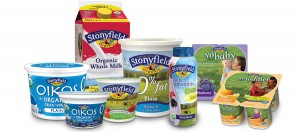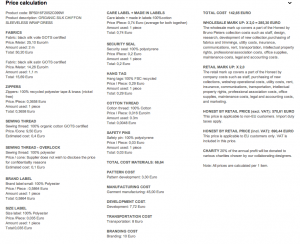Imagine this. You are in a school cafeteria, and there are several apples to choose from. All of the apples look immaculate except for this one in the corner. This particular apple is slightly blemished and mishappen. You avoid picking the blemished apple and so do the several people after you. No one picks that particular apple and it is thrown into the trash at the end of the day. Perhaps we think that the apple is spoiled or not as nutritious as the immaculate looking apples next to it. As consumers, we are conditioned to want perfect looking fruit and we don’t realize that it generally doesn’t make a difference taste or nutrition wise.
Last month, the UN Environment Programme and the Food and Agricultural Organization launched a global campaign to reduce food waste. According to the UN, nearly one third of all food produced (1.3 billion tons) is wasted each year. 300 tons of this wasted food could feed the 900 million hungry people around the world. The campaign is targeted to food producers, consumers and retailers. Inefficient processing by producers, extended travel times and bad habits by both consumers and retailers contribute heavily to the waste problem. Based on the concepts of Think. Eat. and Save, the goal of the campaign is to link all the conversations about food waste into one place and to encourage the sharing of tips, experience and good practices.
This is also a huge carbon footprint problem. Think of all the wasted energy and resources used to grow and distribute food in the first place. We really need to reconsider how we eat and our consumption patterns. So what can we do? Luckily, the Think. Eat. Save. campaign has shared some tips on reducing our carbon footprint and our grocery bill:
- Shop Smart—plan meals, use shopping lists and avoid impulse buys.
- Buy Funny Fruit
- Understand Expiration Dates— in the US, “sell-by” and “use-by” dates are not federally regulated and do not indicate safety, except on certain baby foods. Most foods can be safely consumed well after their use-by dates.
- Zero Down Your Fridge—eat food that is already in your fridge before buying more or making something new, which will save time and money.
- Say Freeze and Use Your Freezer—frozen foods remain safe indefinitely.
- Request Smaller Portions—restaurants will often provide half-portions upon request at reduced prices.
- Compost—composting food scraps can reduce climate impact while also recycling nutrients.
- Use FIFO (First in First Out) as a kitchen rule.
- Love Leftovers –tonight’s leftover chicken roast can be part of tomorrow’s sandwich.
- Donate—non-perishable and unspoiled perishable food can be donated to local food banks, soup kitchens, pantries and shelters.
-JN





